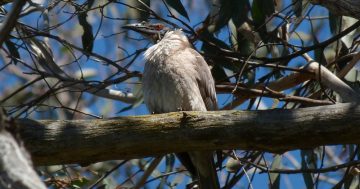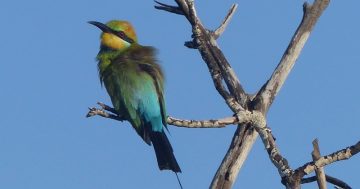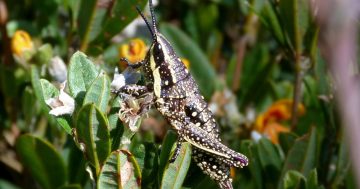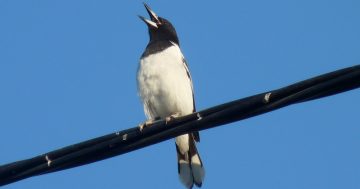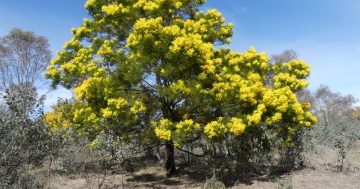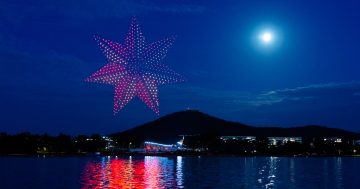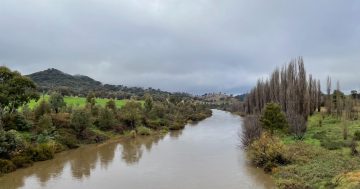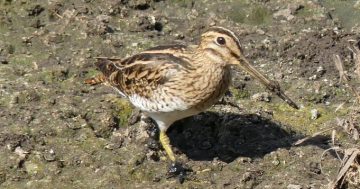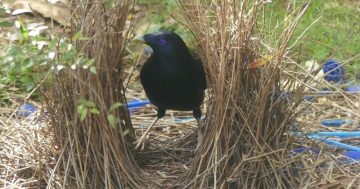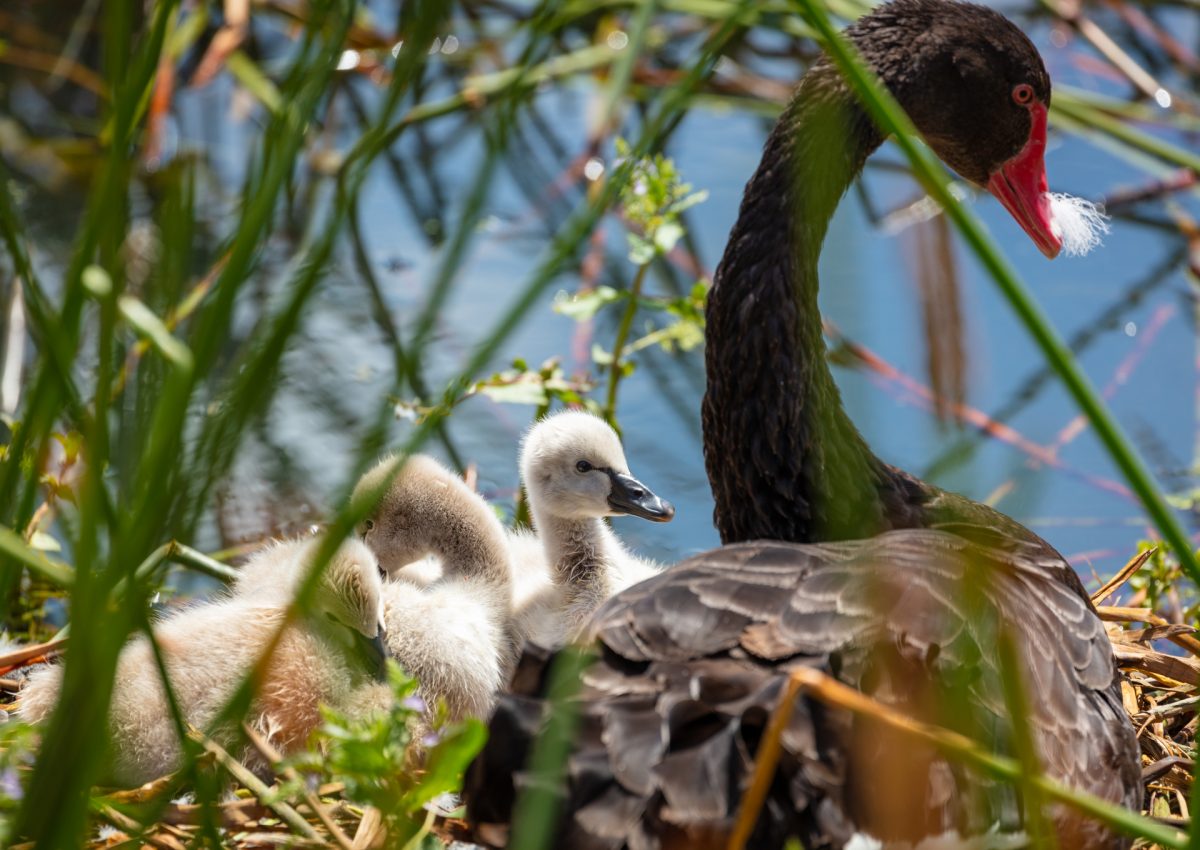
A black swan and cygnets in Norgrove Park, Kingston. Photo: Thomas Lucraft.
It is 136 years since Europeans first saw (or at least recorded) black swans in eastern Australia. Captain Phillip did so in 1788 at Dee Why Lagoon, in what’s now the northern beaches of Sydney.
They’d been aware of the swans’ existence though for nearly 100 years, since Willem de Vlamingh in 1697 came upon them in the west, in a river he called Zwaanenrivier, and which we still call the Swan River, though his reports were generally disbelieved at the time.
It wasn’t just that the idea of a black swan was weird – though everybody (in Europe at least) knew that swans were white, by definition. It was a lot worse than that, because swans, being white, had long been a symbol of purity so a black swan had to be the opposite, a symbol of evil.
It took further reports and some captured birds before their existence was reluctantly accepted.
Much later Victorian police magistrate Foster Fyans, in a letter in 1853, dismissed all black swans as being ‘useless and ugly’. I doubt that he’d get much support for that position now.
They can be enjoyed pretty much anywhere in Australia, and adorn ponds and lakes in just about any city or large town. Perhaps though not quite so much in Canberra right now, as many of our swans will have flown to Lake George and nearby Lake Bathurst to moult their feathers.
Most birds only moult their wing feathers one or two at a time, so they can always fly, but swans are big enough to look after themselves on the open water, so get the moulting over and done with quickly by losing and regrowing all their flight feathers at once. For this time they are of course quite unable to fly, and we can see this in the swans which opt to stay and go through the process on Canberra’s lakes.
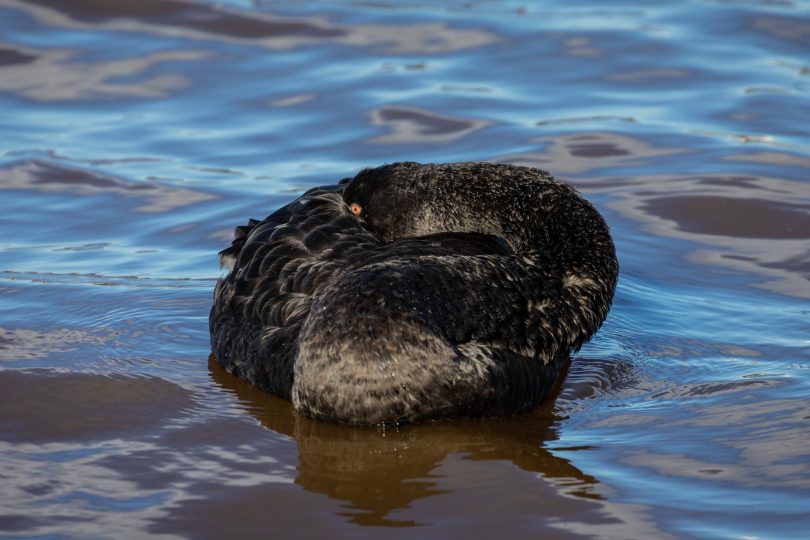
A black swan preening itself on Lake Burley Griffin. Photo: Michelle Kroll.
In the earlier days of the Australian colonies, and apparently especially in Tasmania, this weakness was heavily exploited and thousands of moulting swans were captured and killed for meat and for down feathers – and at times it seems, for ‘entertainment’.
Like many ducks, swans are entirely vegetarian and use their long necks to reach water weeds growing on the lake bed up to a metre below the surface. This gives them a big advantage over ducks with their much shorter necks, because it means they can forage over a much greater area of the lake. (And yes, bread is very bad for them indeed, and feeding it to them is no kindness at all.)
While they’re mostly found on fresh water lakes, they’re also quite at home in brackish coastal lagoons, and even occasionally on bays.
They are almost alone in the world of swans; of the other six species, only one South American swan isn’t completely white, and it has only a black neck.
But even our swans are not really entirely black – when they take to the wing, which they can only do after running across the water surface for up to 50 metres, their flight feathers gleam white against the black. In addition their bill and eyes are bright red, the bill having a white stripe across the end of it.
They start breeding in early winter, long before most other local birds, and their fluffy grey cygnets can be seen on Canberra’s lakes in almost any month of the year.
A pair of swans will maintain the relationship as long as both of them live. Soon now the males will start displaying to their mates, trumpeting to the sky and spreading wings out, flapping vigorously.
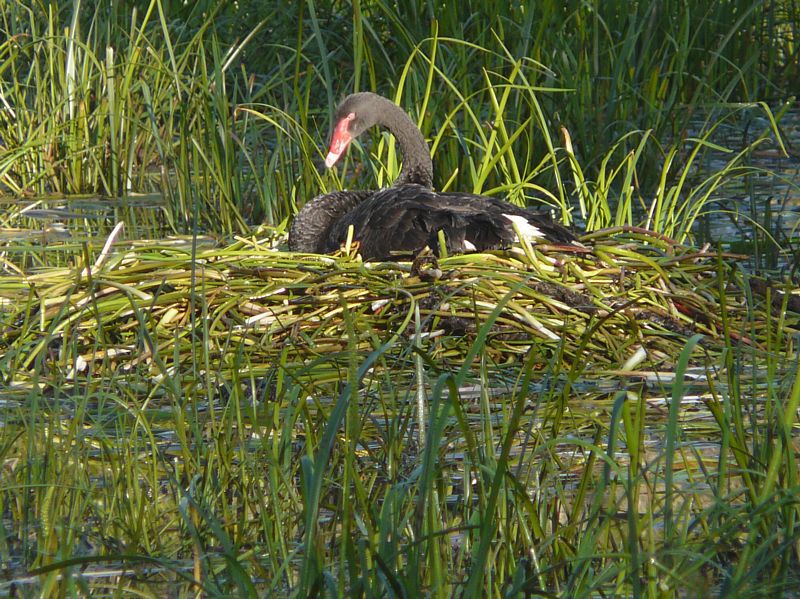
A swan in its nest of green. Photo: Ian Fraser.
On the water they will see other males off by ritually swimming alongside them, up and down the boundary of their territories.
A swan’s nest is a big pile of green vegetation floating on deep water, or anchored among reeds. The decomposition of the plant material probably helps the eggs to incubate. On islands, where they presumably feel safe from predators, they may nest on land.
They are quite talkative, and their rich musical tones roll across the water as they feed, and float down from the sky as they fly over, steadily and powerfully. Fortunately black swans appear to be in no danger, unlike so many other Australian species, and we’ll be able to enjoy their fluting for years to come.
Original Article published by Ian Fraser on Riotact.



